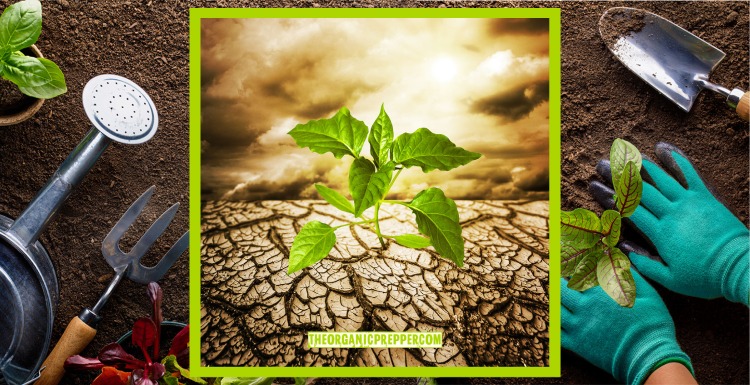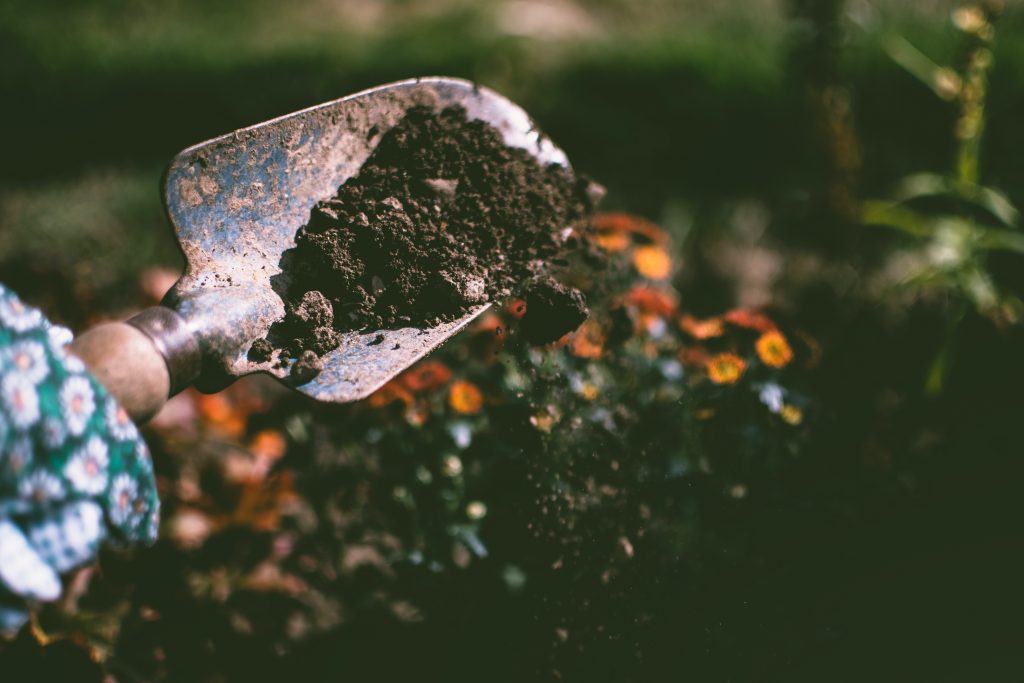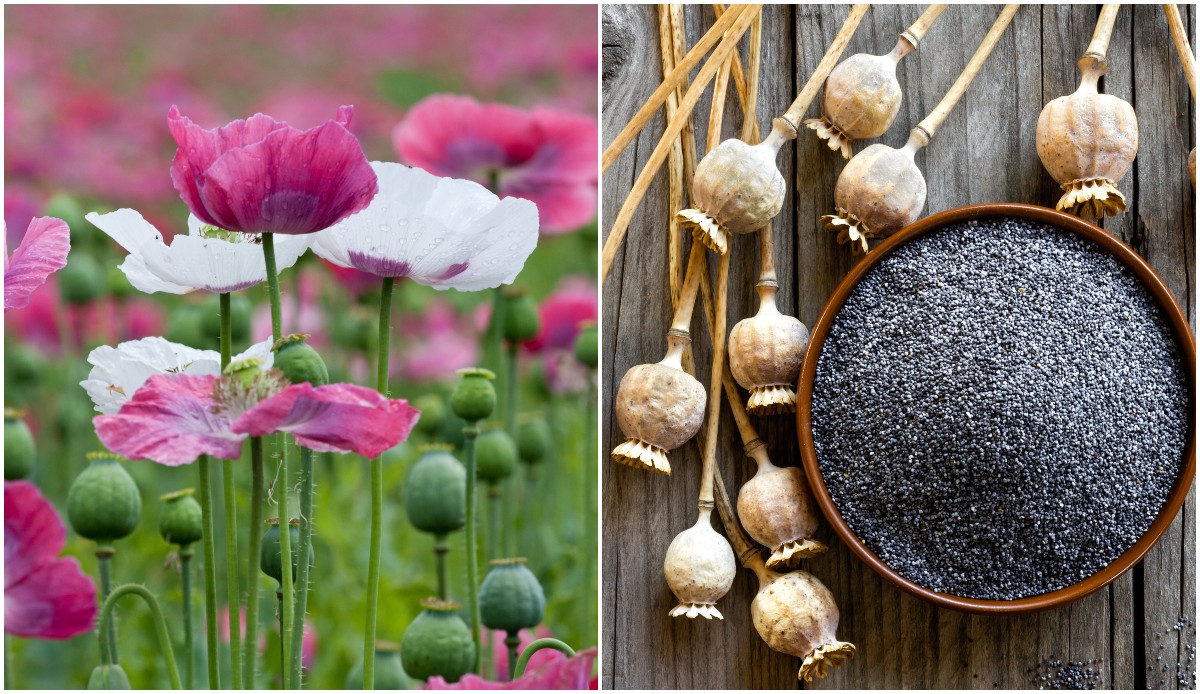[] 8 Delicious Reasons to Grow Breadseed Poppies – 1; } /* Disable tracking if the opt-out cookie exists. */ if ( __gtagTrackerIsOptedOut() ) { window[disableStr] = true; } /* Opt-out function */ function __gtagTrackerOptout() { document.cookie = disableStr + ‘=true; expires=Thu, 31 Dec 2099 23:59:59 UTC; path=/’; window[disableStr] = true; } if ( ‘undefined’ === typeof gaOptout ) { function gaOptout() { __gtagTrackerOptout(); } } window.dataLayer = window.dataLayer || []; if ( mi_track_user ) { function __gtagTracker() {dataLayer.push( arguments );} __gtagTracker( ‘js’, new Date() ); __gtagTracker( ‘set’, { ‘developer_id.dZGIzZG’ : true, }); __gtagTracker( ‘config’, ‘UA-141700564-1’, { forceSSL:true,link_attribution:true, } ); window.gtag = __gtagTracker; ( function () { /* https://developers.google.com/analytics/devguides/collection/analyticsjs/ */ /* ga and __gaTracker compatibility shim. */ var noopfn = function () { return null; }; var newtracker = function () { return new Tracker(); }; var Tracker = function () { return null; }; var p = Tracker.prototype; p.get = noopfn; p.set = noopfn; p.send = function (){ var args = Array.prototype.slice.call(arguments); args.unshift( ‘send’ ); __gaTracker.apply(null, args); }; var __gaTracker = function () { var len = arguments.length; if ( len === 0 ) { return; } var f = arguments[len – 1]; if ( typeof f !== ‘object’ || f === null || typeof f.hitCallback !== ‘function’ ) { if ( ‘send’ === arguments[0] ) { var hitConverted, hitObject = false, action; if ( ‘event’ === arguments[1] ) { if ( ‘undefined’ !== typeof arguments[3] ) { hitObject = { ‘eventAction’: arguments[3], ‘eventCategory’: arguments[2], ‘eventLabel’: arguments[4], ‘value’: arguments[5] ? arguments[5] : 1, } } } if ( typeof arguments[2] === ‘object’ ) { hitObject = arguments[2]; } if ( typeof arguments[5] === ‘object’ ) { Object.assign( hitObject, arguments[5] ); } if ( ‘undefined’ !== typeof ( arguments[1].hitType ) ) { hitObject = arguments[1]; } if ( hitObject ) { action = ‘timing’ === arguments[1].hitType ? ‘timing_complete’ : hitObject.eventAction; hitConverted = mapArgs( hitObject ); __gtagTracker( ‘event’, action, hitConverted ); } } return; } function mapArgs( args ) { var gaKey, hit = {}; var gaMap = { ‘eventCategory’: ‘event_category’, ‘eventAction’: ‘event_action’, ‘eventLabel’: ‘event_label’, ‘eventValue’: ‘event_value’, ‘nonInteraction’: ‘non_interaction’, ‘timingCategory’: ‘event_category’, ‘timingVar’: ‘name’, ‘timingValue’: ‘value’, ‘timingLabel’: ‘event_label’, }; for ( gaKey in gaMap ) { if ( ‘undefined’ !== typeof args[gaKey] ) { hit[gaMap[gaKey]] = args[gaKey]; } } return hit; } try { f.hitCallback(); } catch ( ex ) { } }; __gaTracker.create = newtracker; __gaTracker.getByName = newtracker; __gaTracker.getAll = function () { return []; }; __gaTracker.remove = noopfn; __gaTracker.loaded = true; window[‘__gaTracker’] = __gaTracker; } )(); } else { console.log( “” ); ( function () { function __gtagTracker() { return null; } window[‘__gtagTracker’] = __gtagTracker; window[‘gtag’] = __gtagTracker; } )(); } ]]>

When you think of taking a houseboat vacation, I’m sure you’re imagining long summer days and hot weather. While you’re not wrong, summer certainly is the most popular season for houseboating, you’ll be missing out if you overlook the days after Labor Day.
Milder temps, fewer crowds and lower prices are just a few of the benefits of waiting to take your trip until most of the summer crowd has packed up their bags and headed back to work and school.

Called the “Jewel of the Blue Ridge Mountains,” Smith Mountain Lake — or SML as it’s locally known — is the second largest body of freshwater in Virginia. Spanning 40 miles and offering 500 miles of shoreline, it’s also surrounded by the beautiful Blue Ridge Mountains, making it one of the most popular and scenic destinations in Virginia.
The houseboat season at Parrot Cove Marina runs through the end of October, and believe us when we say there is still plenty to do in those last couple of months! In fact, some of the biggest events on SML take place in September and October.

Below are just a few of the most popular events happening on the lake this year:
30th Annual SML Chapter ACBS Antique Boat Festival & Show
When: Open to the public from 10 a.m. to 4 p.m. Saturday, September 19, 2020
What: Classic and antique boat enthusiasts from across the country descend on SML to show off their vessels. Also featuring craft and food vendors, kids’ activities and more.
Smith Mountain Lake Wine Festival
When: 11 a.m. to 6 p.m. September 26 and 11 a.m. to 5 p.m. September 27, 2020
What: The SML Wine Festival takes place the…
Continue reading here
Roads and trails get you where you need to go every day. Millions of people drive for miles on the streets that shape their region to get to work, school or the store. Throughout national and local parks, marked trails tell hikers where they’re going so they can see main attractions and enjoy nature without getting lost.
On your homestead, roads and trails are just as important. They facilitate movement from one place to another and help you get all your tasks done for the day, like feeding your animals, tending to your garden or cutting down a few trees for firewood. These paths map out your property and are a vital part of your daily life. Here’s why you should build and maintain them.
They Offer a Place to Walk
You’ll be using the land to its fullest potential, and being able to maneuver easily throughout your property is a necessity. Without roads or paths, getting to where you need to go would be nearly impossible. Although some may enjoy using a machete to get through thorny thickets, it’s not realistic for everyday living.
You’ll need to get to multiple places on your homestead, like your gardens, barn, fields, home and any other buildings. You must also be able to access your water sources easily. Trails and roads facilitate the movement between various places. Plus, if you have visitors, paths ensure they won’t get lost on your property.
Think about what the world might look like without roads, sidewalks and trails. People wouldn’t have a path to travel and would destroy the land by driving, biking and walking wherever they pleased. Trails and roads allow them to travel without disturbing other areas of the land.
They Allow You to Enjoy Your Land
Trails and roads also allow you to enjoy your land. You can better understand your surroundings and property when you can freely move around. An area full of sticks, brush and other obstacles is harder to enjoy than one with built-in roads and trails.
Adults and kids can run and play on these trails to truly immerse themselves in the natural world. If you need to take a break from the work of the day, you can easily take a walk through your property and experience nature to the fullest.
Trails exist within nature, as wild animals create their own. They can get to where they’re going and enjoy the journey along the way without worry of giant mud pits or obstructions in their paths.
They Provide a Place for Animals to Move
Roads and trails are a must if you have animals living on your homestead. They allow creatures to move freely throughout your property. Without them, you risk having them get injured. Cattle could easily stumble over branches if they’re trying to access another field without a trail. You could suffer a financial setback if the cow gets hurt.
Additionally, if you have multiple pastures for grazing animals, trails and roads will allow you…
Continue reading

By Jackie Clay-Atkinson
We have had at least one cat in our home ever since I was a young child. So it’s no wonder we truly value our feline friends. Not only do they provide entertainment (much more interesting than television), comfort, and companionship, but also help keep down the vermin around the homestead.
When Mom and Dad came to live with us here in Northern Minnesota, they also brought their three remaining old cats, Mimi, Texas Joe, and Monte. As the years passed, so did Mimi and Texas Joe, dying from old age. But Monte still hung in there. And boy did he hunt! First thing every morning we’d turn him out so he could hunt. He often came to the door with a fat mouse, ground squirrel, or vole. But when he finally died quietly (after a morning’s hunt), Will found his “trophy room” up in the hayloft. There was a pile of tails — a big pile! No wonder our gardens flourished so well.
It’s amazing how much damage voles, mice, ground squirrels, and chipmunks can do to your crops. They girdle fruit trees in the winter, eat into melons and squash, nibble the inside out of tomatoes, and dig up corn just after it germinates just to eat the seed below ground. And these critters are also very prolific, often having several big litters of young in one summer. Without a cat around we’d soon be run out by these little varmints.
When Monte passed away, we were left with no more cats. Soon after, Will and I stopped at our neighbor’s yard sale. We browsed a bit and the wife told us she had two kittens left to give away. Will asked to see the male. It was love at first sight and he tucked Mittens right into his shirt to stay warm.
That was years ago and Mittens is still with us. She hunts on and off all day and is a very effective hunter. “He” became a she when she went into her first heat. (Hey, we never looked!) So far, she has brought home countless mice, voles, ground squirrels, chipmunks, two big snowshoe rabbits she dragged down the driveway between her front legs like a lion, and seven weasels.
I’ve had several chickens and a whole pen of fancy pheasants killed by weasels so they’re on our hit list. They’re pretty tough customers too. That’s why we were very impressed when Mittens presented us with her first one.
Cats can be a terrific homestead help.
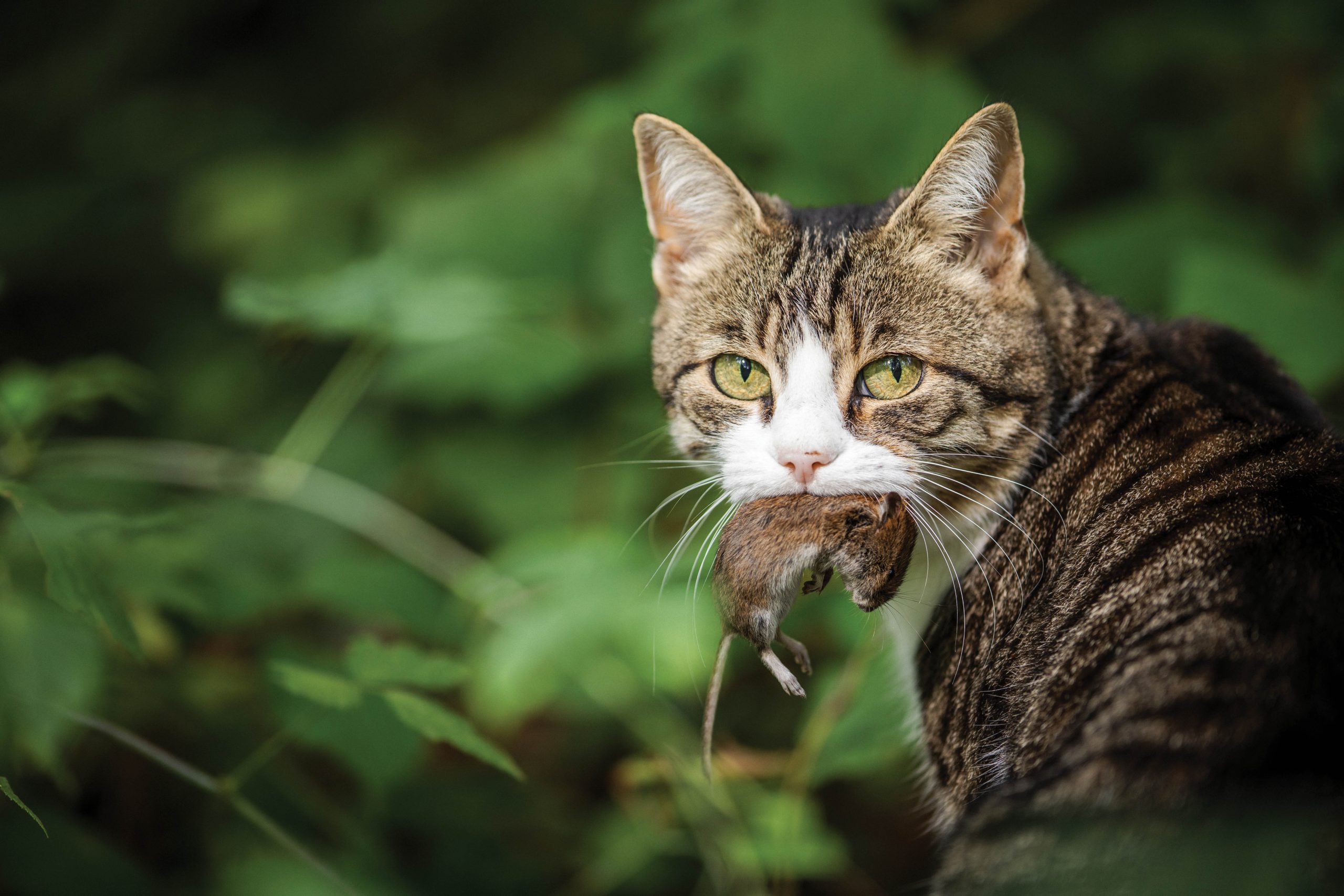
A good mouser won’t only get mice, but she’ll also hunt ground squirrels, voles, and chipmunks which can do a lot of damage to your crops.
Basic cat selection
We’ve found it best to get a kitten. When you raise a kitten, you can quickly correct any bad habits like getting on the counter, scratching furniture, or climbing the curtains. They quickly learn to use an indoor kitty litter box while…
Continue reading here
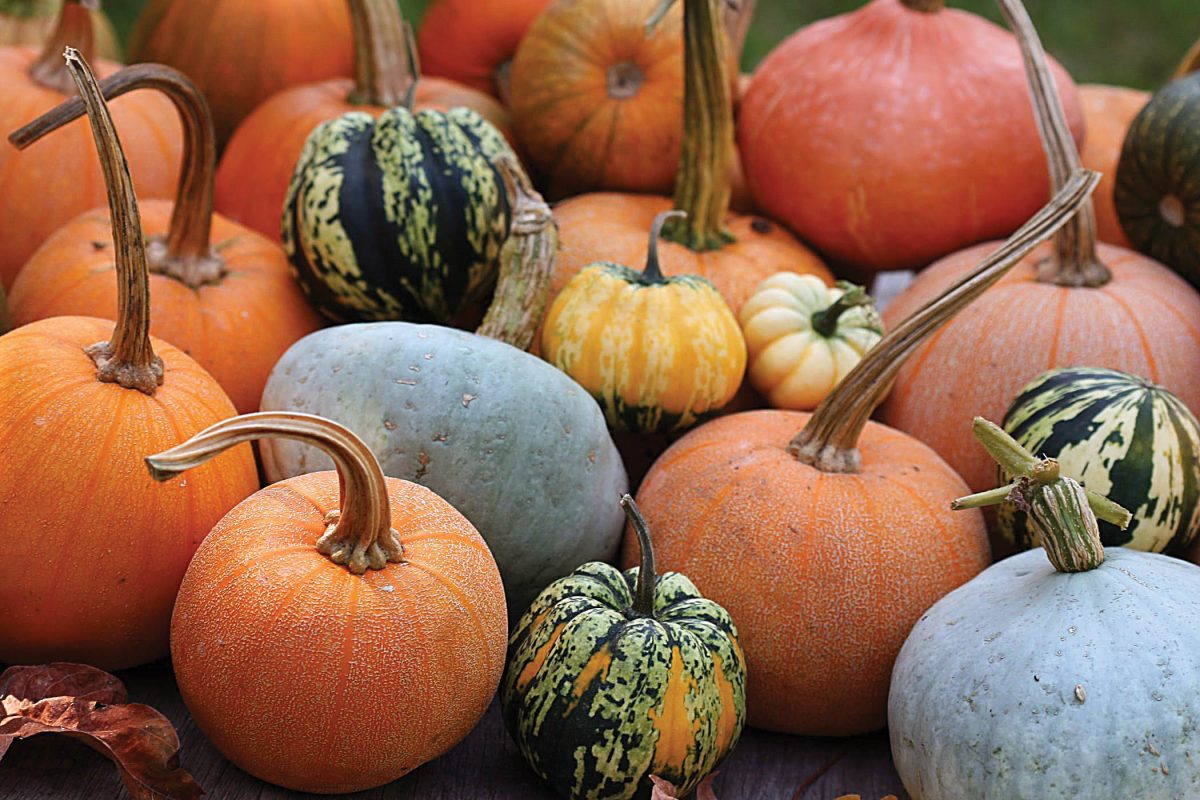
By Lisa Nourse
I love summertime — I love the green of the trees, the warm weather, and growing my own food. I especially love growing vegetables that will store well and provide that great summertime flavor in the middle of our gray and dreary Pacific Northwest winters.
We can a lot of our summer crops but canned vegetables just don’t retain that fresh-picked flavor. So we use a variety of means in order to enjoy fresh vegetables year-round. By overwintering some crops in the garden (Swiss chard, kale, and spinach), growing microgreens inside, and growing crops that will store for long periods of time, we manage to keep a variety of fresh vegetables in our diet throughout the winter months.
Winter squash is one vegetable that stores well so we grow a few different ones for use during the colder months. Stored correctly, some winter squash (Hopi Pale Grey, Blue Hubbard, and sometimes Butternuts) will keep until the next season’s crop is ready to harvest.
Many vegetables and fruits prefer cooler temperatures for storage but not winter squash. I find that they keep better stored at room temperature. Winter squash come in all shapes, sizes, and colors. They are beautiful to look at so you can store them in plain sight all over the house. Arrange them in a corner next to a potted plant, make a table display, fill a wire basket or old wooden box, put them in a child’s wagon, line them up on the fireplace mantle — you get the idea.
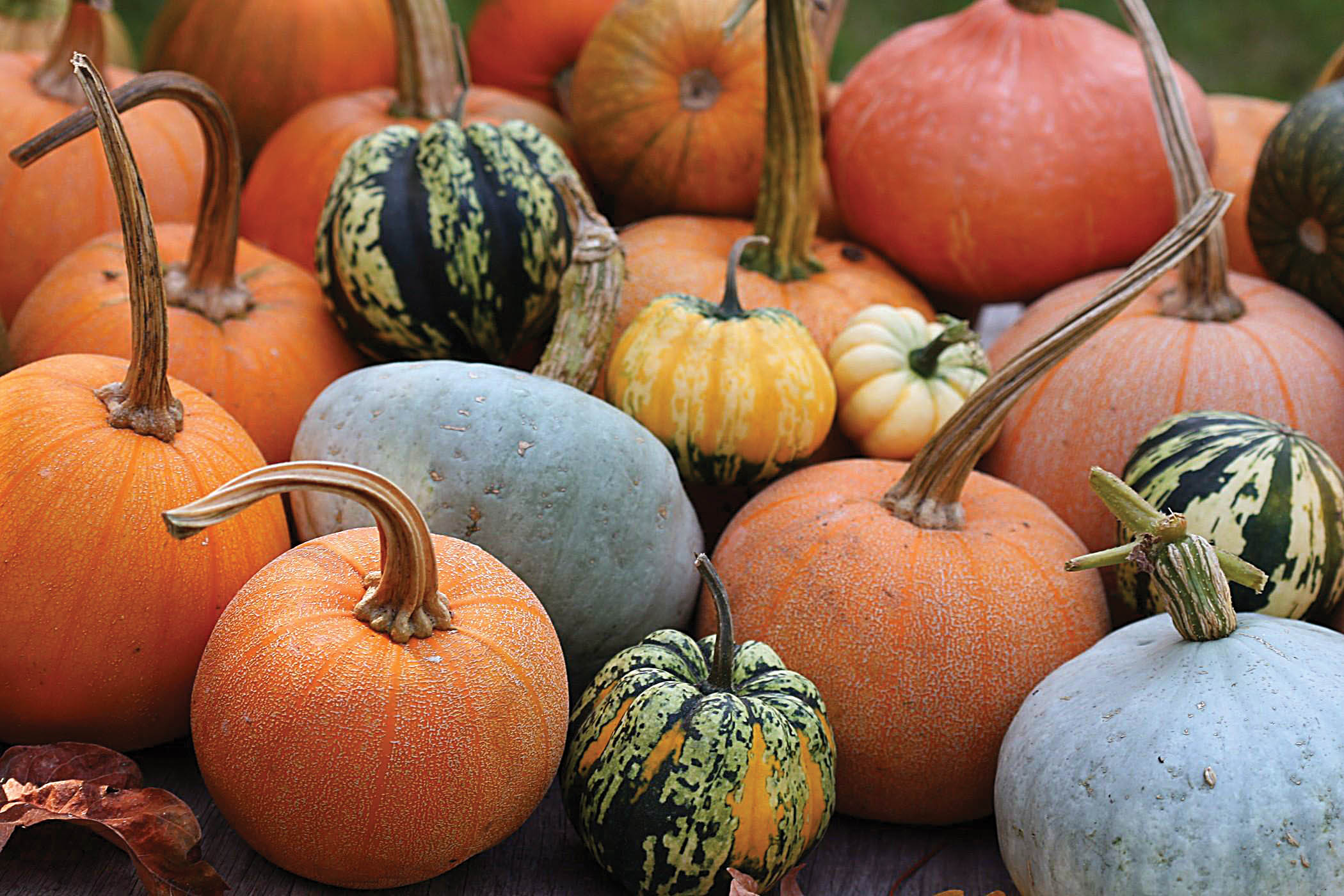
Here are a few of the different kinds of squash and pumpkins I like to grow.
Growing winter squash
Winter squash are fairly easy to grow but they require quite a bit of space. Fortunately, if you have a smaller garden there are some bush and semi-bush varieties that can be grown.
In addition to being delicious, most bush varieties mature faster than the larger vining types. A bush squash typically only takes up a 3×3-foot space. So you can fit three hills of squash (with 2-3 plants per hill) in a 6×6-foot area.
Semi-bush squash take up more room than the bush varieties but their vines remain shorter than the larger vining squash. They also have a tendency to produce a lot of fruit in the small amount of space they use.
If you are short on space think about growing a bush or semi-bush variety. Keep in mind though, because the foliage produces the sugars that feed the fruits, some bush and semi-bush varieties can be lacking on flavor. But there are some that are great. Here are a few of my favorites that we find have good flavor:
Bush Delicata
Cucurbita pepo, open pollinated. These oblong-shaped squash have creamy white skin with green stripes and flecks. The flesh is smooth and nutty flavored. The storage life of this squash is a little shorter than the harder-skinned varieties. I find they store well for about 3-4…
Continue reading here

